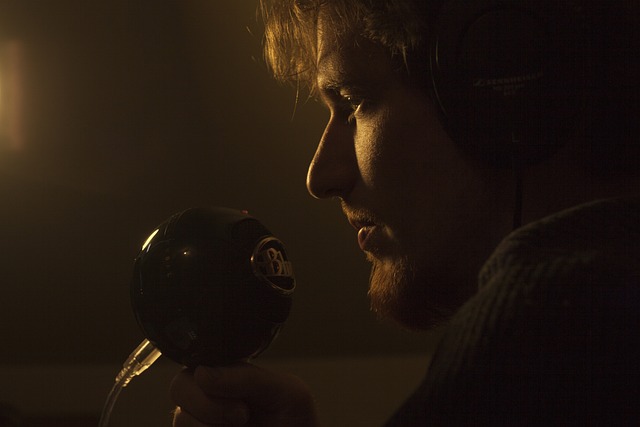The world of television production is a fascinating blend of creativity, technology, and storytelling. As a producer, you’re not just there to bring the vision to life; you’re at the intersection of artistry and technology, driving the entire production forward. In recent years, the evolution of display technology and visualization techniques has transformed how stories are told on screen, and understanding these advances is crucial for anyone in the television industry.
One of the most critical components of television production is the use of monitors. They serve as the primary source for viewing footage during the editing process and are essential during live broadcasts. With advancements in display technology, today’s monitors boast higher resolutions, vibrant colors, and quicker refresh rates. These factors allow producers to see their work in incredible detail, ensuring that every shot captures the intended mood and narrative. As you curate the visual elements of a program, having access to high-quality monitors can help you make decisions that elevate the overall production quality.
Moreover, understanding the technical aspects of your displays—that is, knowing the differences between OLED screens and traditional LCDs—can significantly impact how you edit and present visual content. OLED technology offers deeper blacks and a wider color gamut, producing a richer viewing experience. In contrast, LCDs tend to be more affordable and can still provide exceptional clarity. As a producer, your familiarity with these technologies can guide you in budgeting and selecting the right equipment for your production, ensuring you deliver a polished final product.
Visualization is another integral part of television production. This refers to how you present ideas and stories visually on screen. Today, advanced software tools enable producers to brainstorm, plan, and create compelling visuals that engage audiences. Utilizing cutting-edge technology for visualization also includes the integration of 3D modeling and animation, which can bring new dimensions to storytelling, making your production stand out in an increasingly competitive market.
As you navigate the challenges of production, it’s essential to stay on top of the latest trends and technologies. Virtual reality and augmented reality are increasingly becoming tools for television producers looking to push the boundaries of traditional storytelling. These innovations provide unique ways to engage viewers, creating immersive experiences that add layers to narratives.
In conclusion, mastering the art of television production requires not just creativity and vision but also a deep understanding of the technological landscape. As a producer, you’re tasked with integrating these elements, resulting in compelling stories that resonate with audiences. Embracing advancements in display technology, honing your skills in visualization, and mastering the technic will set you apart in the fast-paced world of television.




